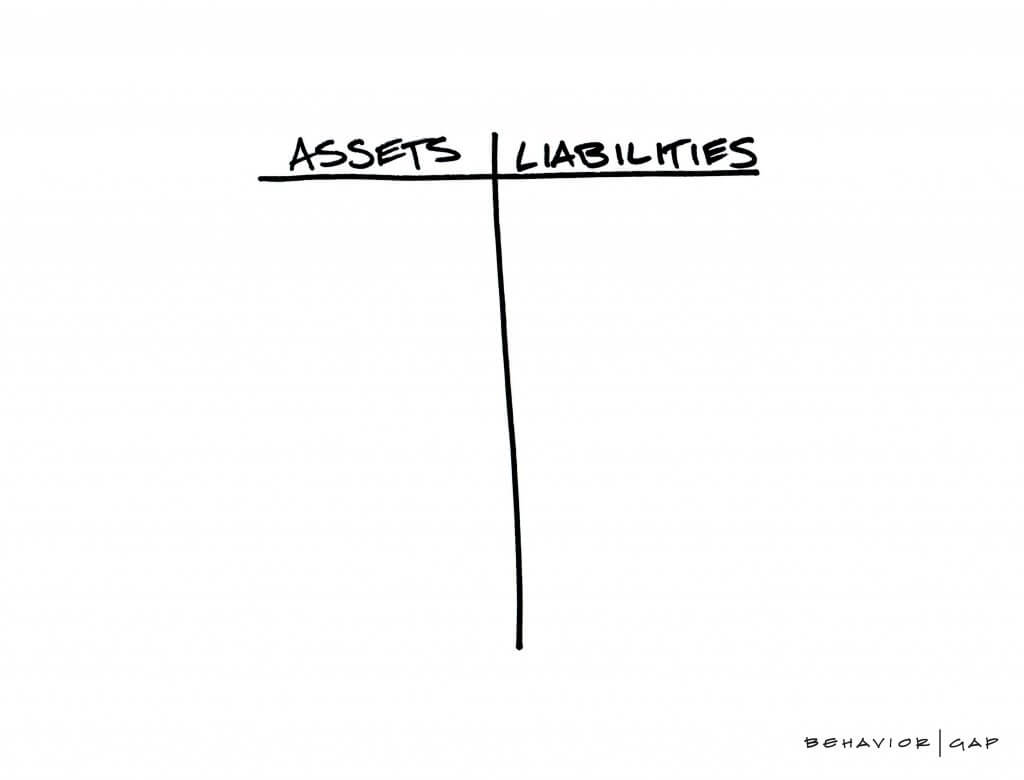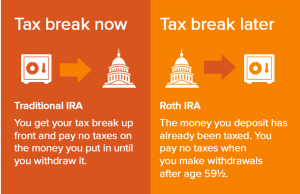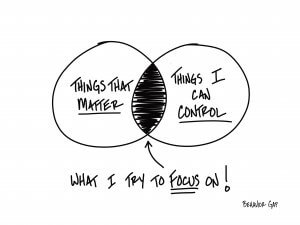
Part I: The Fortress Balance Sheet
Financial PlanningJan 11, 2022
January is a time when many people like to reflect on the prior year and move forward with resolutions and goals for the year ahead. Some mock this as an exercise in futility, and there are certainly many resolutions that will fall to the wayside in the coming weeks and months. However, there are benefits to doing this. No matter what it is you are trying to accomplish, setting goals and keeping them at the forefront can be a useful tool in driving change.
As simple as it may sound, the first step in moving forward to get where you want to go has to be to step back. Let’s say your goal is to get in better shape physically, but you haven’t worked out consistently in a long time. Setting the goal of running a marathon by March probably isn’t a great idea. Instead, we must set goals by first understanding where we are currently. We must be honest about our current situation before we can change it. Maybe cardio for 20 minutes a few times a week is a better goal. It focuses on a new behavior change that can become a useful habit to help you accomplish the audacious goal itself later on.
When it comes to personal finances, the analogy we like to use is to think about yourself or your household like a business. It doesn’t really make sense to set aggressive goals about growing the business before you take inventory across the entire entity and understand where things stand. A business owner must have clarity on where things are at and why before they can charge ahead and change anything. Simply put, you can’t succeed if you don’t take inventory. The same goes for individuals and households when it comes to their financial situation. Before you set financial goals about where you want to be in one, five, or twenty years, you must first understand where it is you are today.
Forget stock market performance, fancy investment products, and what the talking heads have to say. The first step should be a broader financial discussion that considers your personal balance sheet. What is a balance sheet? It is a summary of assets and liabilities at a given period of time. Put more simply, it is a snapshot of what you own and what you owe. Many people think of the balance sheet as a financial statement for companies used for earnings calls or board meetings, or maybe something they remember learning about in accounting class. We use it as the starting point for every financial planning conversation we have.

The balance sheet is the single best way to “take inventory” for yourself and your family about where you are, so you can then understand what you need to focus on moving forward.
Jamie Dimon, the CEO of J.P. Morgan Chase, often credits the success of the company through good markets and bad to always maintaining a “fortress balance sheet”. Going back well before the Global Financial Crisis of 2007-2008, Dimon was relentlessly focused on having the firm’s balance sheet prepared to withstand all stages of the business cycle as well as any unforeseen events. He did this despite receiving criticism by some for being too conservative or risk averse. In hindsight, it left the firm in a stronger position than many of the banks who needed bailouts or became insolvent when the crisis did strike. Trying to understand the financial statements of a big Wall Street bank is no simple task, but the concepts involved in Dimon’s fortress balance sheet approach are pretty straight forward. To us, the approach applies to individuals as much as it does to one of the largest financial institutions in the world. The main components are as follows: ensuring you have sufficient liquidity at all times (cash on hand), you are not over levered (don’t have too much debt), and you are well prepared to withstand unexpected shocks while maintaining flexibility should opportunities arise (i.e. loss of a job or income, or having the ability to purchase a new home quickly).
While a financial plan is often seen as long-term retirement planning tool, if done well it can be so much more than that. It is not something you think about once and then throw in a drawer until you get close to retirement. It should be a framework that helps you and your family to be more prepared for what life throws at you and adapt as needed when your situation evolves. Working with an advisor to better understand your balance sheet will also prompt you to do some of that organizing of your finances you may be putting off. Maybe you have been meaning to get around to it since you changed jobs, got married, or had had another major life event. It can also uncover items you forgot about, aren’t paying attention to, or that may be holding you back at the moment (maybe an old credit card with an outstanding balance, or the student loans you are deferring). Finally, it allows you and your advisor to build a deeper relationship where both of you can gain a better understanding of your personal habits around money while building your own version of a “fortress balance sheet”.
If you are not taking a holistic view of your personal finances it is going to be really hard to accomplish your goals, regardless of what they are. As you reset after the holidays and look ahead to a new year, now is a great time to “take inventory” of your financial situation. As Peter Drucker famously said, “you can’t manage what you can’t measure”.


